Asbestos is a naturally occurring mineral fiber that has been used for thousands of years due to its heat resistance and insulating properties. Its widespread use in construction began in the late 19th century and continued well into the 20th century. The 1960s and 1970s saw the peak of asbestos use in construction.
In the latter half of the 20th century, the health risks associated with asbestos exposure became increasingly apparent. Studies linked asbestos exposure to serious respiratory diseases such as lung cancer, mesothelioma, and asbestosis. As awareness of these health risks grew, regulations were enacted to restrict the use of asbestos and mitigate exposure. Starting in the 1970s, many countries began to phase out the use of asbestos in construction and other industries. Some countries have implemented partial or complete bans on asbestos due to its health hazards. However, asbestos-containing materials may still be present in older buildings constructed before these regulations were enacted.
If your home or commercial property in the Greater Omaha area was built before the 1980s, there is a significant likelihood that asbestos may be present in the paint, HVAC ducting, insulation, or floor tiles. If you suspect that your property contains asbestos, it’s important to handle it carefully and take appropriate precautions. Here are some key points you should know:
Identifying Asbestos:
Asbestos was commonly used in a variety of building materials before its health risks were widely recognized. Common asbestos-containing materials (ACMs) include insulation, ceiling tiles, vinyl floor tiles, cement siding, roofing shingles, pipe insulation, and textured coatings like popcorn ceilings. A Certified Property Inspector can help identify potential areas of risk within your specific property as part of a home or property inspection.
Health Risks:
Asbestos fibers are microscopic and can easily become airborne when disturbed. Inhalation of these fibers can lead to serious health problems, including lung cancer, mesothelioma, and asbestosis. Even minimal asbestos exposure can pose a risk, so it’s crucial to handle any suspected asbestos-containing materials with care.
Asbestos Testing:
If you suspect that your property contains asbestos, it’s important to have it tested by a qualified professional. Asbestos testing involves collecting samples of materials suspected to contain asbestos and analyzing them in a certified laboratory. This will confirm the presence of asbestos and determine the extent of the contamination.
Risk Assessment:
If asbestos is found in your property, a risk assessment should be conducted to evaluate the condition of the asbestos-containing materials and the potential for exposure. This assessment will help determine whether the asbestos needs to be removed or if it can be managed in place with proper precautions.
Safe Handling and Removal:
Asbestos removal should only be performed by trained and accredited professionals who follow strict safety guidelines. Attempting to remove asbestos yourself can release dangerous fibers into the air and pose a serious health risk. If asbestos-containing materials are in good condition and not disturbed, they may be left in place and monitored periodically.
Legal Requirements:
Depending on your location, there may be legal requirements for dealing with asbestos in properties. These regulations may govern the handling, removal, and disposal of asbestos-containing materials. It’s essential to familiarize yourself with local laws and regulations to ensure compliance.
Disclosure and Documentation:
If you are selling or renting out your property, you may be required to disclose any known asbestos-containing materials to potential buyers or tenants. Keeping detailed records of asbestos testing, risk assessments, and any abatement or management efforts is important for legal and liability purposes.
Asbestos.com offers more information about asbestos, its dangers, what to do if you suspect it’s in your home or property, the dos and don’ts when handling asbestos, and other useful information to keep you, your family, and others safe in your home in their guide: https://www.asbestos.com/exposure/home/. They also provide information on steps you can take to ensure it is safely removed in their guide: https://www.asbestos.com/abatement-guide/
In summary, asbestos in your property poses a significant health risk, and it’s essential to handle it with caution. If you suspect asbestos-containing materials in your property, consult with qualified professionals for testing, assessment, and safe management or removal.


